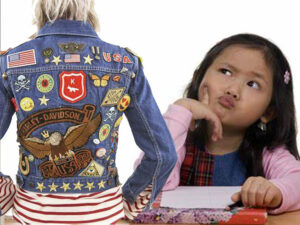About
About Us
Aslaaf Industry do Embroidery patches which are decorative or functional fabric pieces that can be attached to clothing, accessories, or other textile items. They have a long history and have evolved in design, technique, and use. Here are some key facts and features of embroidery patches:
Our History and Origins
- Ancient Techniques: Embroidery itself is one of the oldest needlework techniques, dating back thousands of years. Cultures like those in China, Egypt, and India practiced intricate embroidery.
- Military Use: Embroidery patches became popular for identifying soldiers’ ranks, units, or affiliations during the 19th and 20th centuries.
- Fashion and Subcultures: In the 1960s and 1970s, patches became symbols of various movements and subcultures, like rock bands, motorcyclists, and political groups.
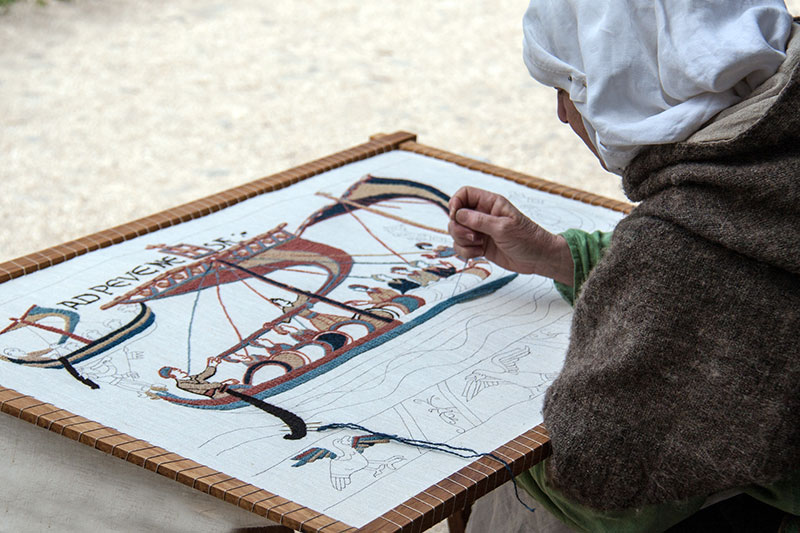
Our Materials
- Fabric: Patches are usually made from twill, felt, cotton, or polyester fabric.
- Thread: Embroidery thread is typically polyester or rayon for its durability and bright colors.
- Backing: Sew-on patches have a plain backing, while iron-on and adhesive patches use specialized coatings or glue.
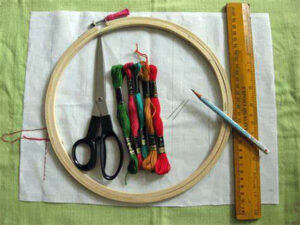
Our Symbolism and Expression
- Patches are often used to represent affiliations, beliefs, or personal style. Bikers, for instance, use patches to symbolize club membership, rank, or achievements, while music fans display band logos on their jackets or bags.
Embroidery patches continue to be versatile and widely used, combining tradition, artistry, and practicality.
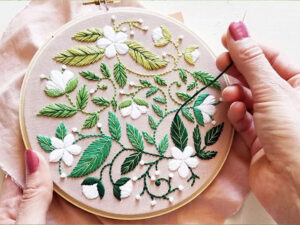
Our Types of Embroidery Patches
- Sew-on Patches: These require sewing to attach them to fabric and are more permanent.
- Iron-on Patches: These have a heat-activated adhesive backing that allows them to be easily applied with an iron.
- Velcro or Hook-and-Loop Patches: Used primarily in uniforms, these allow easy removal and reapplication.
- Adhesive Backing Patches: These can be temporarily attached with a sticky backing but are not very durable compared to sew-on or iron-on types.
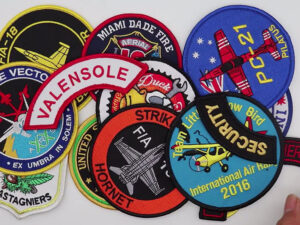
Our Design Features
- Embroidery Coverage: Patches can range from partially embroidered (50%-70%) to fully embroidered (100%). A fully embroidered patch offers more vibrant and detailed designs.
- Borders:
- Merrowed Border: A thick stitched edge that gives the patch a finished look, commonly seen on circular and oval patches.
- Heat Cut Border: A precise cut made with heat, allowing for sharp, intricate shapes like stars or custom logos.
- Customizability: Many patches can be personalized with unique text, colors, and designs for corporate, personal, or organizational use.
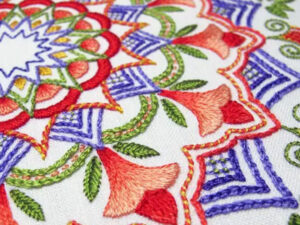
Our Technological AdvancesOur
- Digital Embroidery Machines: Modern embroidery uses computer-controlled machines that can create highly detailed designs quickly and with precision.
- Glow-in-the-Dark or Reflective Patches: These patches are used in specialized applications, especially for safety, visibility, or novelty.
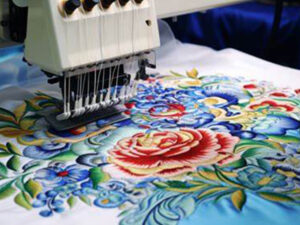
Our Durability
- Weather Resistance: Many embroidery patches are made to be weather-resistant, particularly for uniforms and outdoor applications.
- Washable: Sew-on and iron-on patches, when applied properly, can withstand washing and wear for a long time without losing their design integrity.
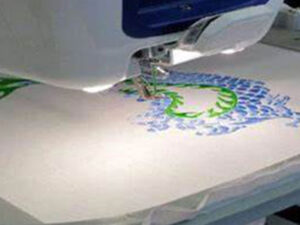
Common Uses
- Branding: Companies use embroidered patches for branding on uniforms or promotional items.
- Military & Law Enforcement: Patches identify rank, unit, or special designations.
- Fashion: Patches are a trend in jackets, jeans, hats, and backpacks, often as a form of self-expression.
- Hobbyists and Collectors: Groups like motorcyclists, sports teams, or scouts use patches as badges of achievement or affiliation.
